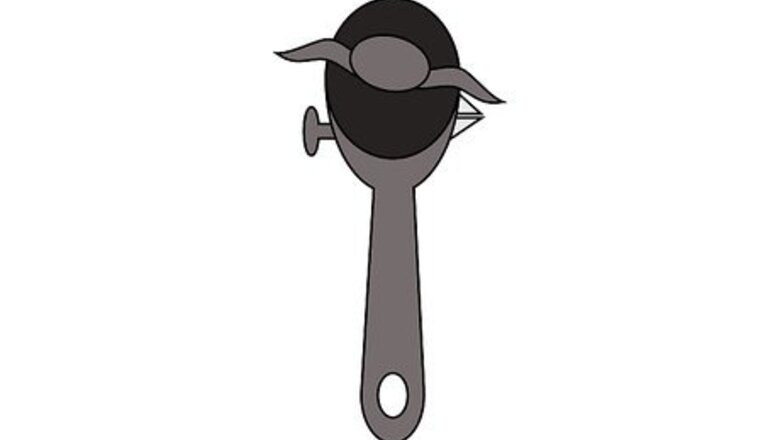
views
X
Trustworthy Source
Consumer Reports
Nonprofit organization dedicated to consumer advocacy and product testing
Go to source
Because of the way it cuts, it may not be obvious to you how it works. This type of can opener is called an eye opener, and it's easy enough to get the hang of once you know how it works. You'll be slicing lids off cans in no time.
Choosing a Can Opener
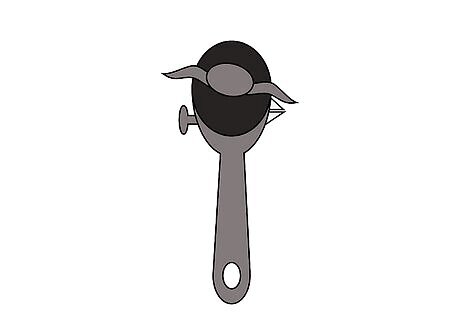
Buy the Auto Safety LidLifter for the classic opener. This opener is the standard for Kuhn Rikon. It has a single handle, an auto locking mechanism, and a knob opposite the blade to turn the can opener. It retails at $18 USD. This can opener comes in the most colors, including red, white, black, green, purple, and lilac.
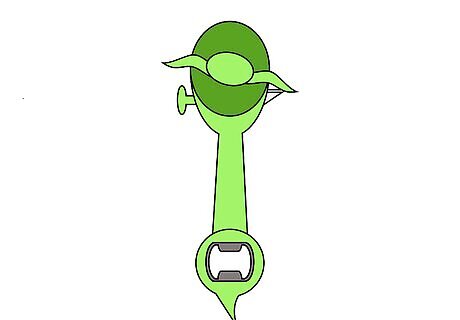
Pick the Auto Safety Master Opener for a multitasker. If you have a small kitchen, then the Master Opener may be the pick for you. It opens cans, of course, but it also opens jars and glass bottles. It can even open a pop-top lid, and it retails for $20 USD. Choose red, green, or black for this can opener. The 5-in-1 Auto Safety Opener is similar, but it also opens screw tops. It's $24.
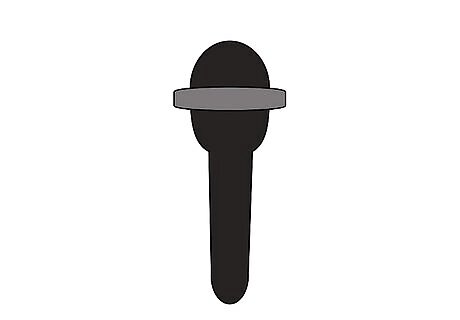
Try the Slim Safety LidLifter for a smaller can opener. If you don't have a lot of space or you need a can opener to tuck into your camping gear, this option may be the best one for you. It has two handles to help lock the can opener into place, and it costs about $16 USD. Pick up one of these can openers in red, white, black, or green.
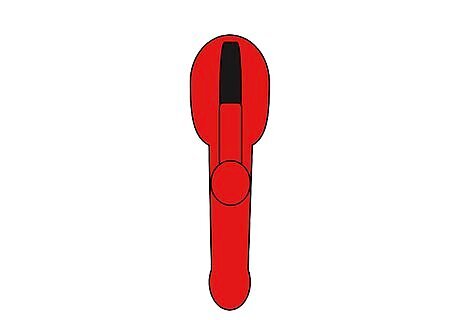
Choose the Ratchet Safety LidLifter for an easy to work handle. Some people have trouble turning the traditional knob of a Kuhn Rikon can opener. This can opener solves that issue. Instead of turning a knob, you only need to move a larger handle back and forth. This can opener is $20 USD. You have the options for red, white, and black in this can opener.
Placing the Can Opener

Open the handles if your can opener has two handles. Some Kuhn Rikons open somewhat like a traditional can opener with two handles. If yours has two handles, make sure they are spread apart before you place the can opener on the can. A two-handled opener has handles that slide apart somewhat like scissors. It has a little divot on the top handle to make them slide apart more easily.
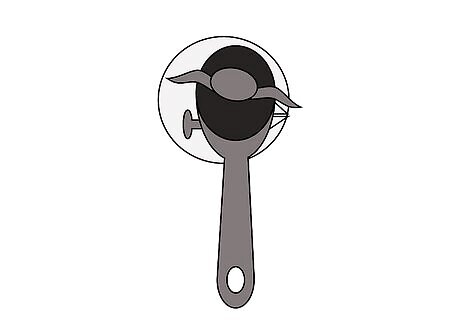
Set the can opener flat on top of the can. With a traditional can opener, you turn the can opener so the knob is out to the side. With a Kuhn Rikon, you place the metal part of the can opener flat against the can. The knob will be turned upwards. The metal blade of the can opener should be right up against the can.
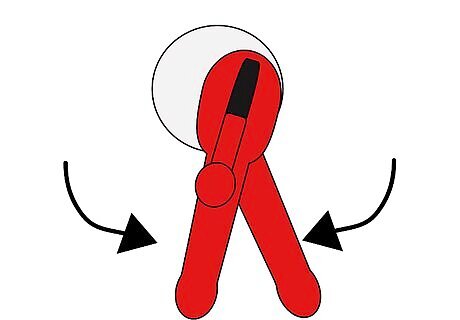
Lock the can opener into place. For a two-handled can opener, pull the handles together to lock it into place on the can. If your can opener has one handle, just make sure it's centered before you start turning.
Cutting the Can
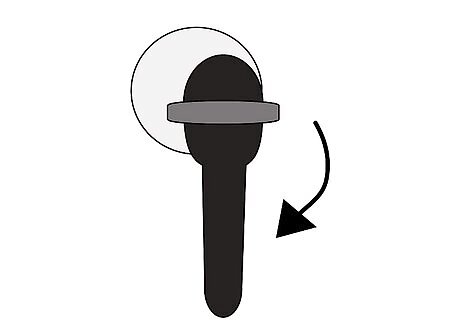
Turn the knob. Like most can openers, you twist the knob to make the can opener turn around the can, cutting the top off. Turn the knob clockwise for this particular can opener.
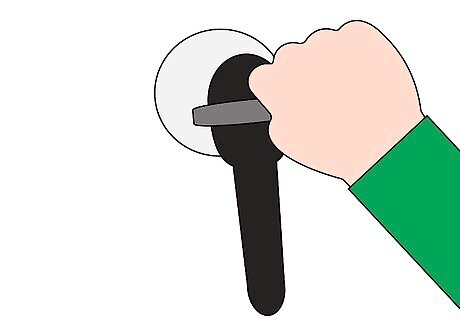
Apply pressure. These types of can openers take a bit more muscle than a traditional can opener. If you meet resistance, try turning the knob a bit harder than you did before.
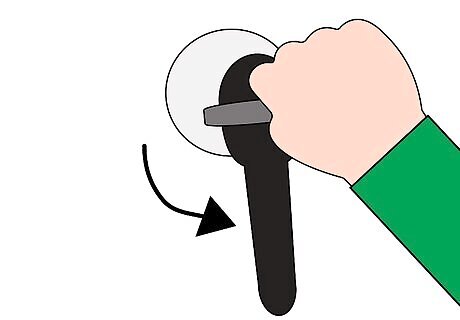
Turn until you feel the pressure release. Keep turning the knob to make the can opener go around the can. Turn it until you feel the tension release a bit, which means you've reached the point where you started cutting.
Removing the Lid
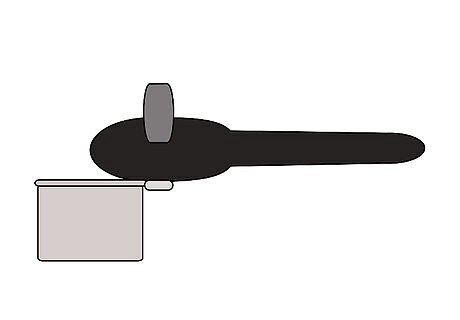
Take the can opener off the lid. Once you've hit the sweet spot, remove the can opener from the can. With a two-handled opener, simply open the handles to unlock the can opener. With a one-handled opener, turn the knob back a turn to unlock it from the lid. Keep in mind that the can won't look like it's been cut.
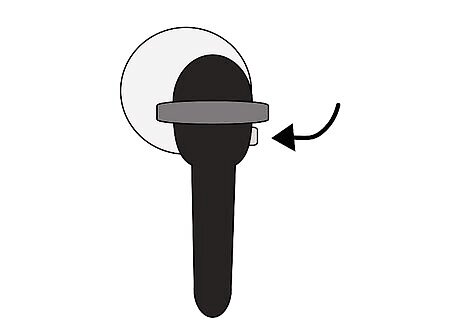
Attach the pinchers. On the side of the can opener, you'll find a pair of small pinchers. You'll need to turn the can opener so that the knob is facing right instead of down. Turn them so they are able to grasp the edge of the lid. On the two-handed version, use the handles to open and close the pinchers. On the one-handed version, there's a small button you can use to open and close the pinchers.
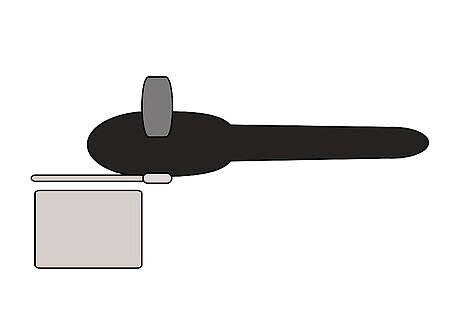
Pry the lid off. Once you have the pinchers grasping the lid, close the pinchers. Use the pinchers to pry the lid off. You may need to use a little pressure to start pulling the lid off.
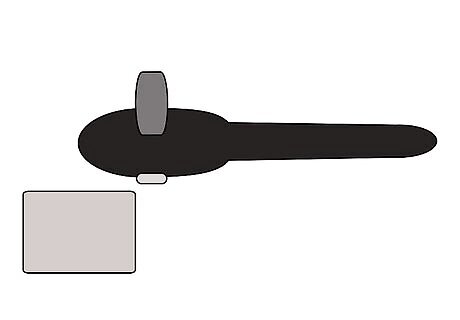
Skip using the lid to drain the contents. The one downside to this can opener is it makes it difficult to use it as a makeshift colander. With a traditional can opener, you can press the lid against the contents to help get excess liquid out. However, this can opener cuts around the outside, so you can't press the lid into the contents.




















Comments
0 comment